
AeroGenie — Votre copilote intelligent.
Tendances
Categories
ABM and Portoramp Collaborate on New Aviation Access Ramp
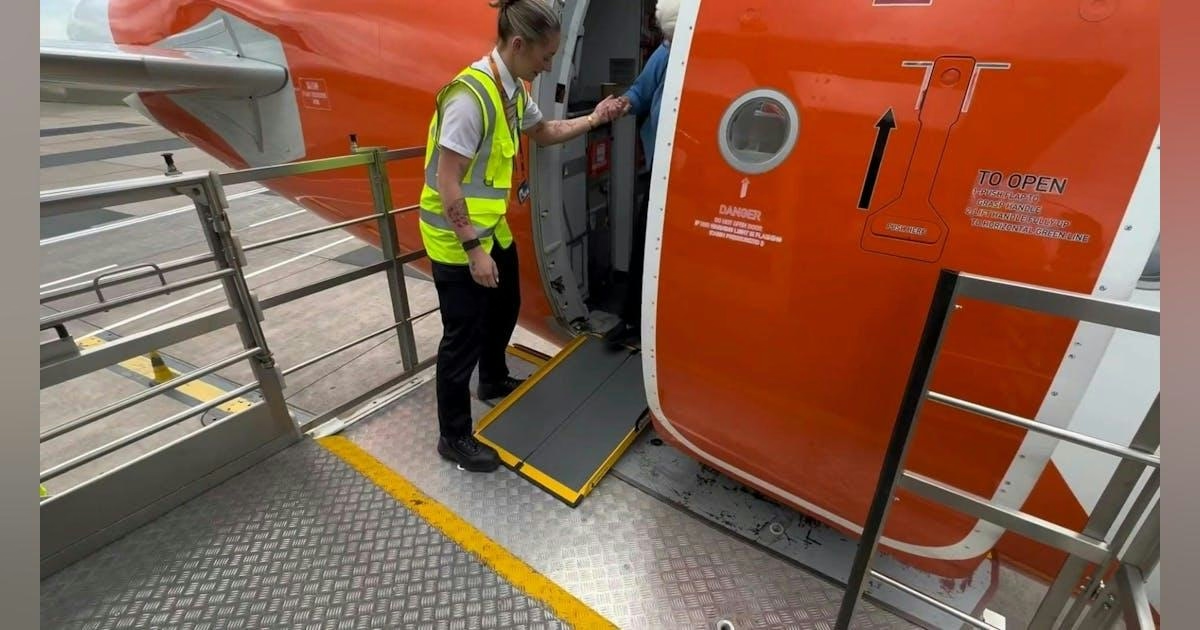
ABM and Portaramp Collaborate on Innovative Aviation Access Ramp
ABM, a prominent provider of facility, engineering, transport, and infrastructure services, has joined forces with Portaramp, a specialist in lightweight, portable access ramps, to develop a pioneering accessibility ramp tailored for the aviation industry. Building on Portaramp’s extensive experience in the rail sector, the two companies have reengineered the ramp to meet the specific demands of air travel. The result is the first universal, portable ramp solution designed to be compatible with multiple aircraft types, enhancing accessibility across a range of airport environments.
Development and Deployment Across UK Airports
Following a year-long development and trial phase, the ramp has been successfully introduced at several major UK airports, including Manchester, Bristol, Liverpool, Stansted, and Aberdeen. Throughout this period, ABM and Portaramp collaborated closely to refine the ramp’s design, narrowing its width, incorporating reinforced rubber protection, and customizing fittings to suit various aircraft models. These modifications were essential to ensure the ramp’s durability and safety in the aviation context. Live trials involving multiple airlines and aircraft confirmed the ramp’s effectiveness in improving safety for passengers and staff, while also safeguarding aircraft during boarding procedures.
The deployment of this ramp represents a significant advancement in accessibility, enabling passengers with reduced mobility to board aircraft more independently and with greater dignity. Additionally, the ramp supports operational efficiency by helping airlines and airports reduce potential delays associated with boarding assistance.
Industry Perspectives and Regulatory Challenges
Samantha Saunders, Head of Assisted Services at ABM UK & Ireland, emphasized the collaborative nature of the project, stating, “This project is a shining example of what happens when two organisations collaborate with one goal in mind: creating practical, innovative solutions that transform the passenger journey. By working with Portaramp to develop a universal, portable ramp solution, we’re able to deliver a dignified experience for passengers with reduced mobility, while also improving safety and operational efficiency.”
Louis Parfett, Account Manager at Portaramp UK Ltd, highlighted the significance of the partnership’s expansion into aviation. Drawing on 25 years of experience in accessibility solutions for global rail networks, he noted, “Together, we’ve developed a bespoke solution that ensures passengers with reduced mobility can board safely and with confidence. It’s a fantastic example of how collaboration and innovation can make a tangible difference in busy airport environments.”
Despite the positive reception, the introduction of the ramp occurs within a complex regulatory framework in both the United States and Europe. Business aviation advocates have underscored ongoing challenges in navigating these regulations, which will be critical for ABM and Portaramp as they pursue wider adoption of the technology. While many industry stakeholders view the collaboration as a progressive step toward enhanced aviation infrastructure, some may express concerns regarding regulatory compliance and the potential impact on existing airport operations. Furthermore, competitors are expected to respond by accelerating their own development of access ramp solutions to maintain market competitiveness.
ABM’s Continued Commitment to Accessibility
The launch of this innovative ramp follows ABM’s Assisted Services team at Manchester Airport maintaining its ‘good’ rating in the Civil Aviation Authority’s accessibility report. The report commended the airport for delivering “high quality, timely assistance” to passengers with disabilities or reduced mobility. With a workforce of 15,000 across the UK and Ireland, ABM remains dedicated to providing industry-leading solutions that advance accessibility and innovation within the transport sector.

How Airlines Use AI to Set Flight Prices and What Consumers Can Do

Juniper Expands Fleet with Converted Freighter Leasing

FlyOnE Launches Air-Taxi Service to Rottnest Island
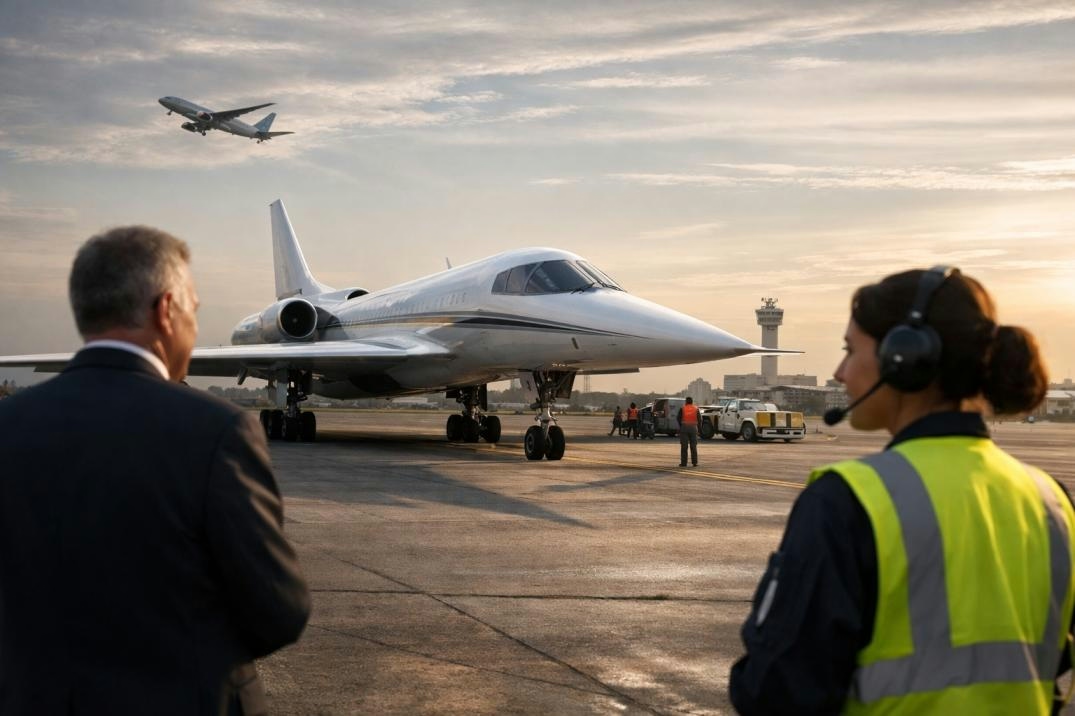
U.S. Plans to Resume Civil Supersonic Flights with Industry Support

MIT Proposes Method to Reduce Airplane Contrails and Climate Effects

The Boeing 747-8: Why It’s Rare on U.S. Routes and How to Experience It Abroad
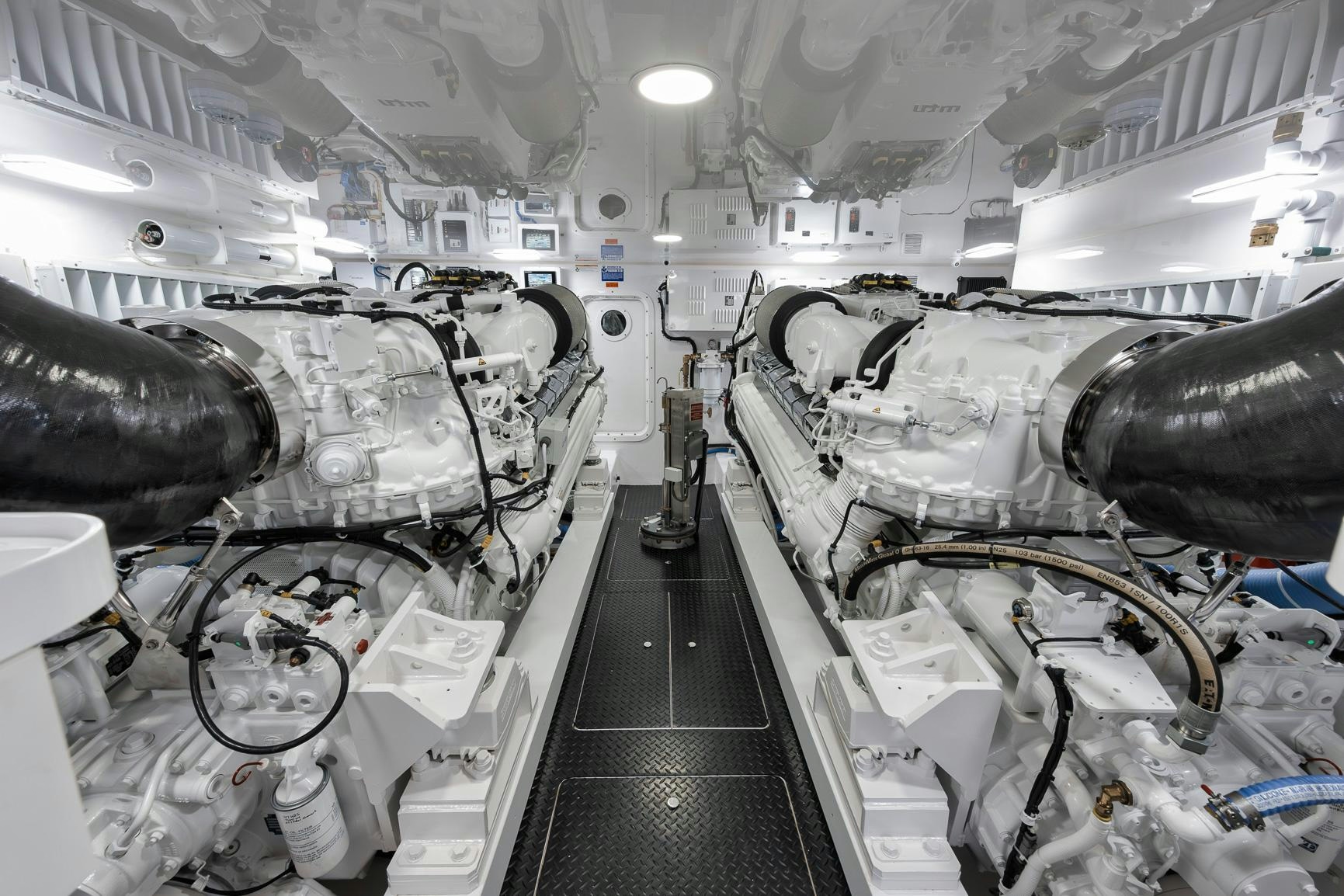
Why Aircraft Engines Lack Screens or Grills
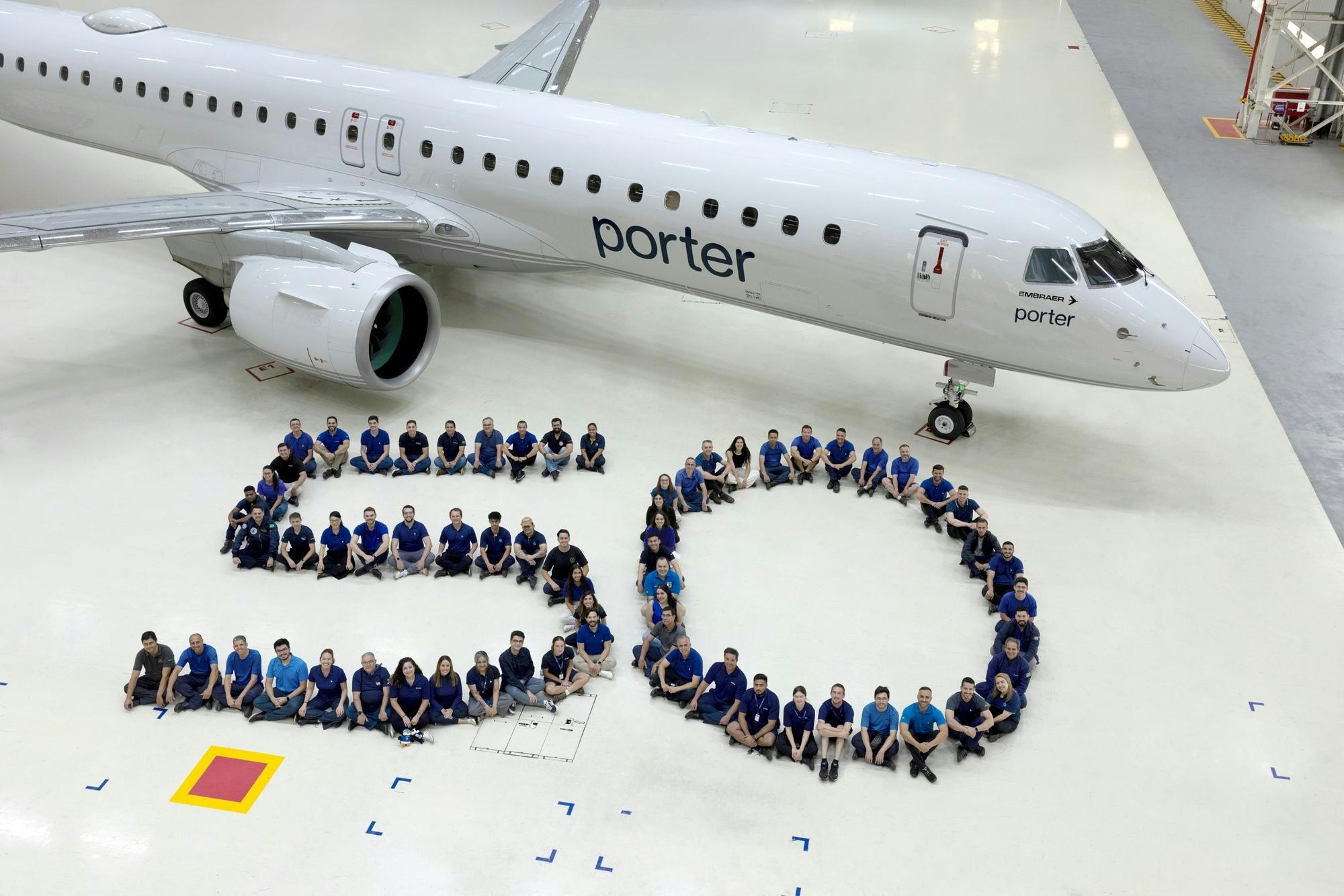
Porter Airlines Receives 50th Embraer E195-E2 Aircraft
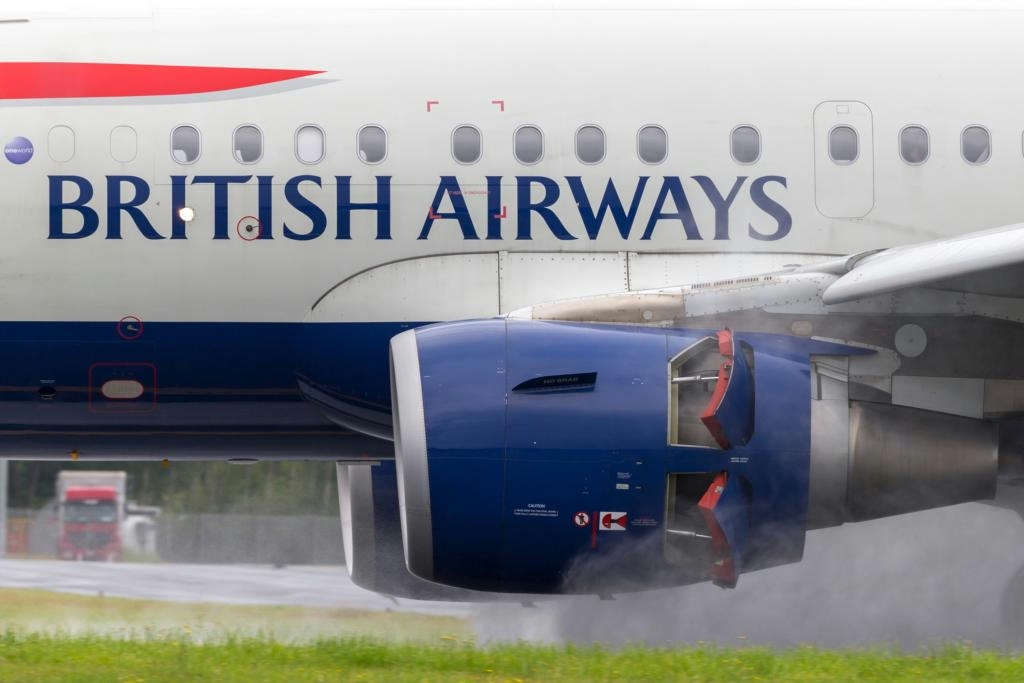
How Aircraft Engines Use Reverse Thrust During Landing
